An Early Spring | Time To Get Busy

After a long winter, there are perennials to cut back, shrubs to prune, and plants to examine as we prep our landscape bed for spring. This landscape bed video tour looks at a wide variety of shrub, tree, and perennial varieties.
It's always nice to get an early start on spring gardening chores. And with the beautiful February weather with temperatures in the 50s, I had no excuse not to "get going."
I used to cut back all my herbaceous perennials in late fall after several hard frosts. I did this primarily because I needed more time in the spring for other responsibilities. But now that my primary employment has changed, I've been leaving the tops on most of my perennials throughout the winter.
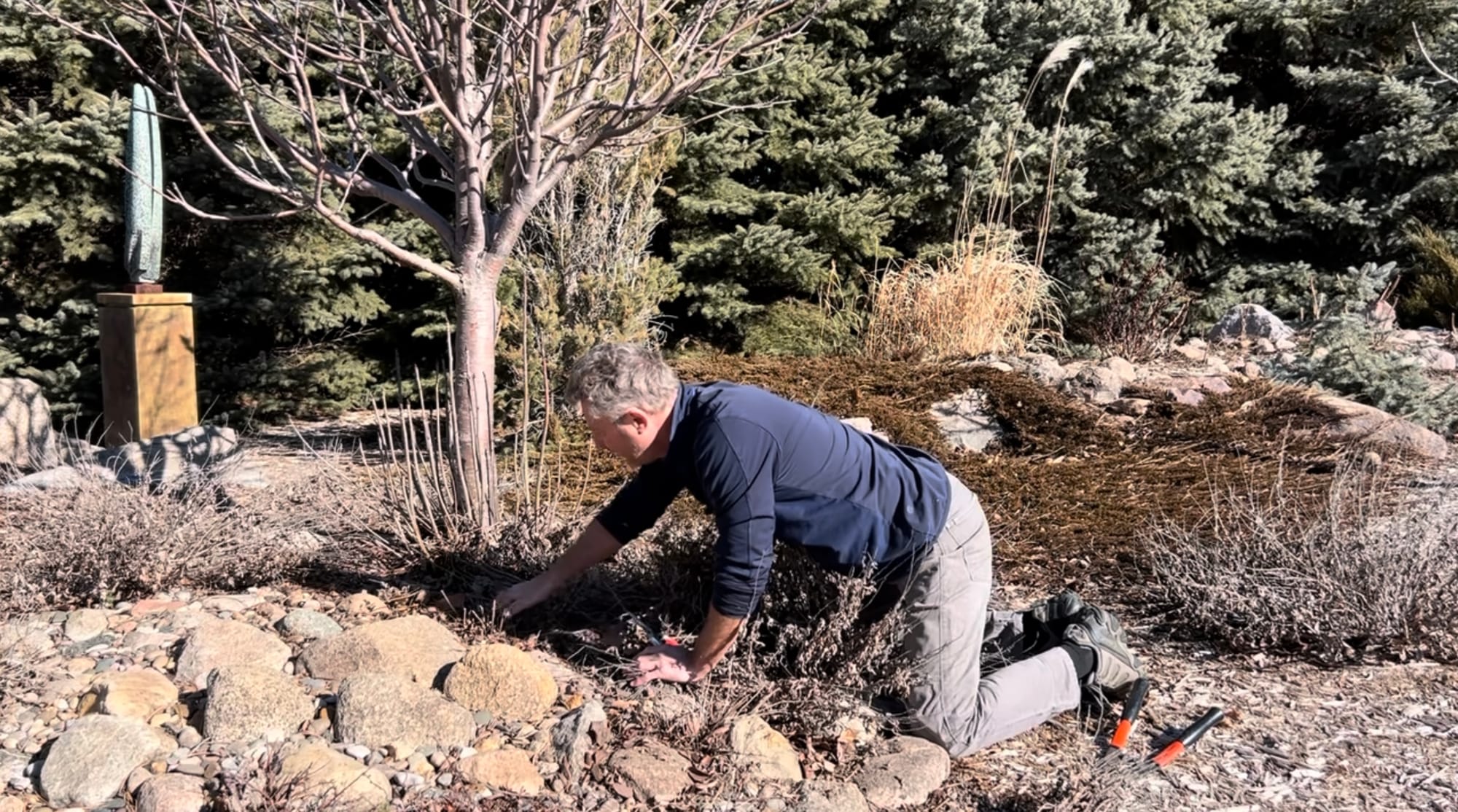
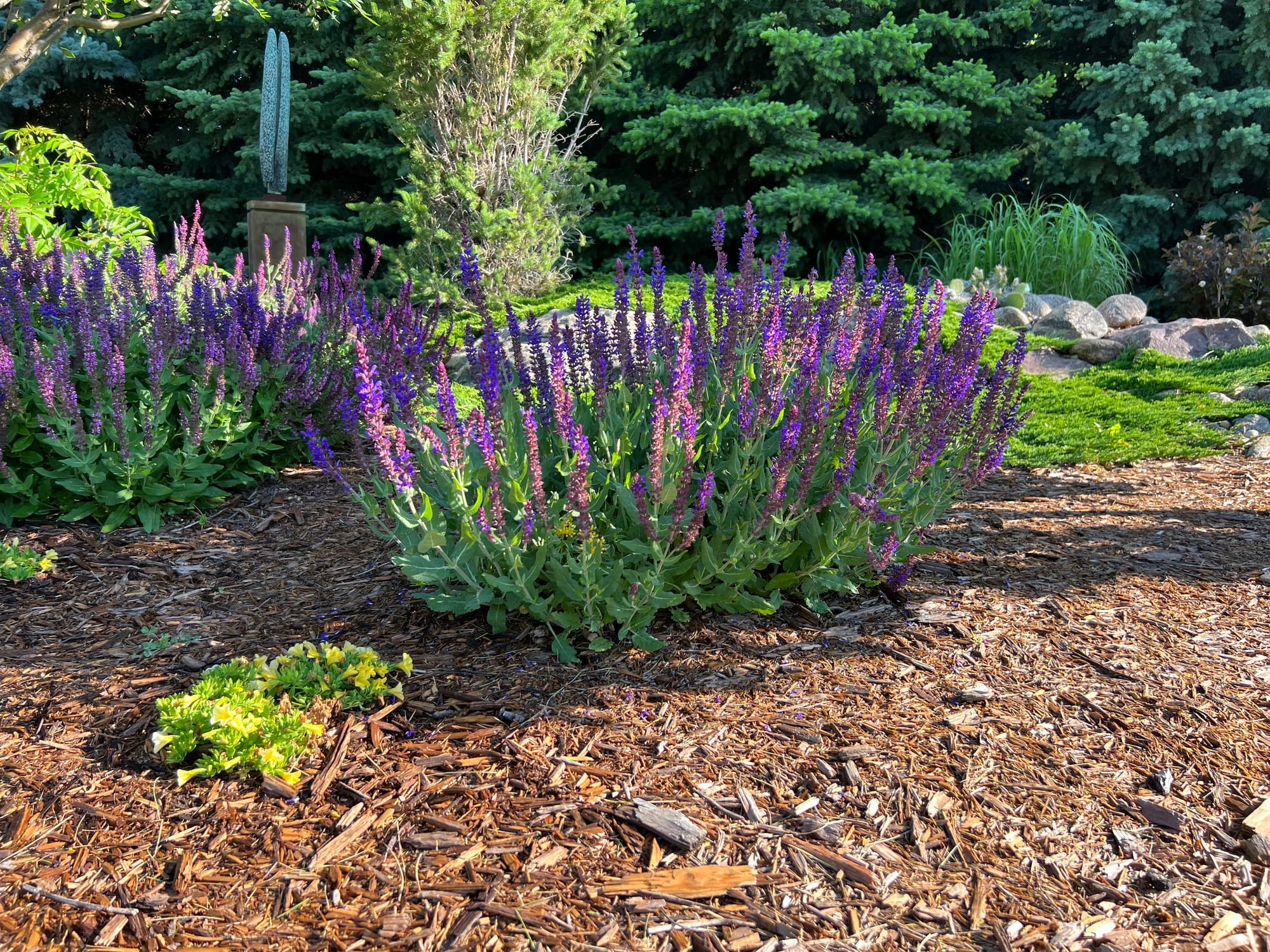
May Night Salvia Before And After
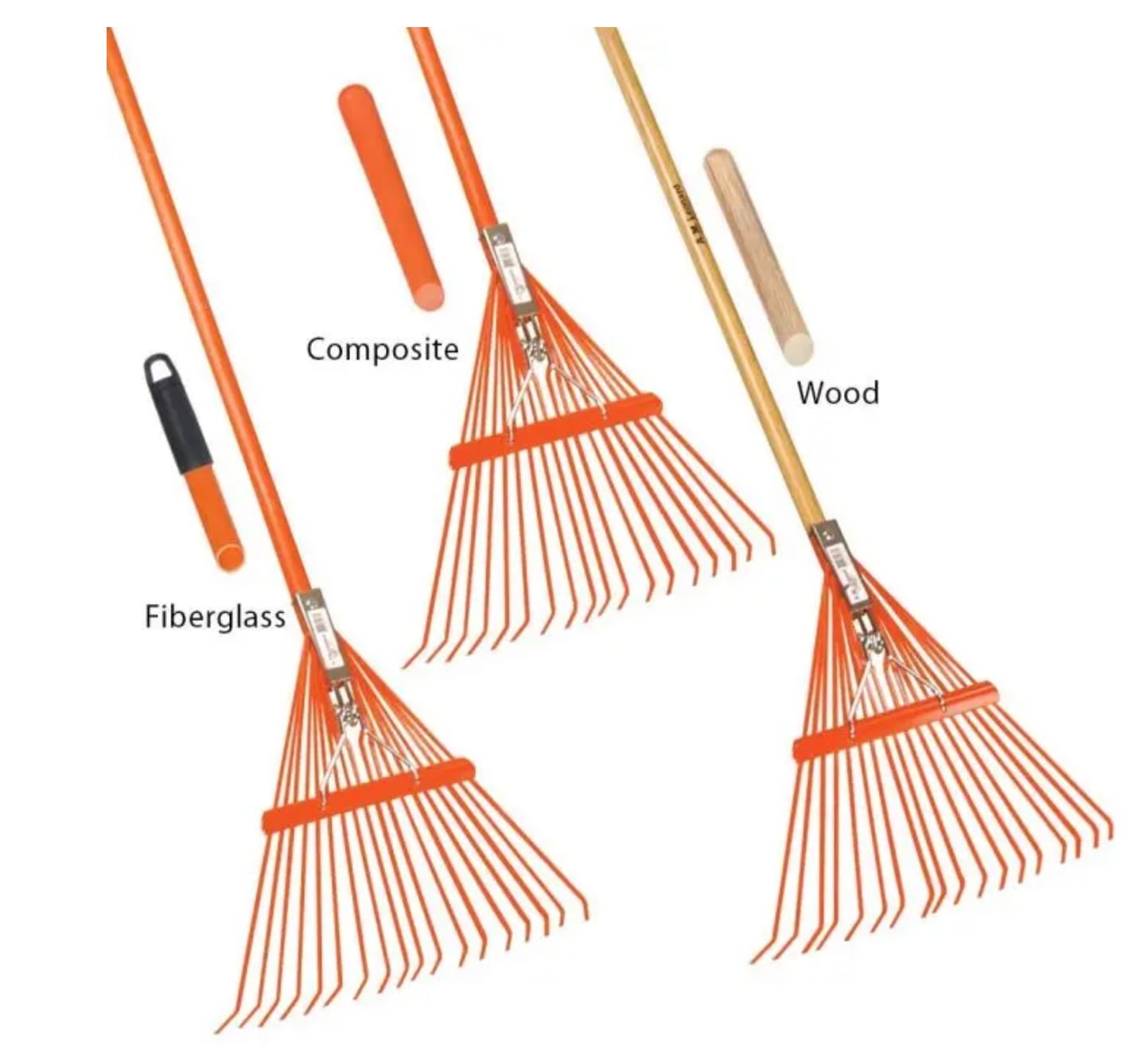
Leonard Spring Rakes
Durable rakes for long lasting performance
Garden Hike is supported by its audience. When you purchase through links on this site, we may earn a small commission at no additional charge to you.
Yeah, it looks messier, but it adds extra winter protection for the perennial roots as they will collect additional leaves and snow, as you get when adding mulch. The tops also provide food and cover for various wildlife.
But it could be that I'm getting lazier, too, and it's easy to procrastinate in the fall after a long summer of garden chores 😊.
The landscape bed covered in the video in this post talks about how much this bed has changed due to the drier environment that has taken place due to the large Colorado Spruce in the backdrop. Large spruce trees like these are incredibly competitive for water and nutrients.
I am finding that out in our vegetable garden as well. Since I don't find vegetable gardens attractive, I instead located them in less noticeable areas. I created two plots next to the large Colorado Spruce (and Green Ash) shelter-belt. In the early years, the garden thrived, but now that the tree roots have invaded, we have started building raised gardens using both boxes and the fabric pouches you see here. The competition in the ground has overwhelmed the vegetables' ability to compete and yield a good harvest.
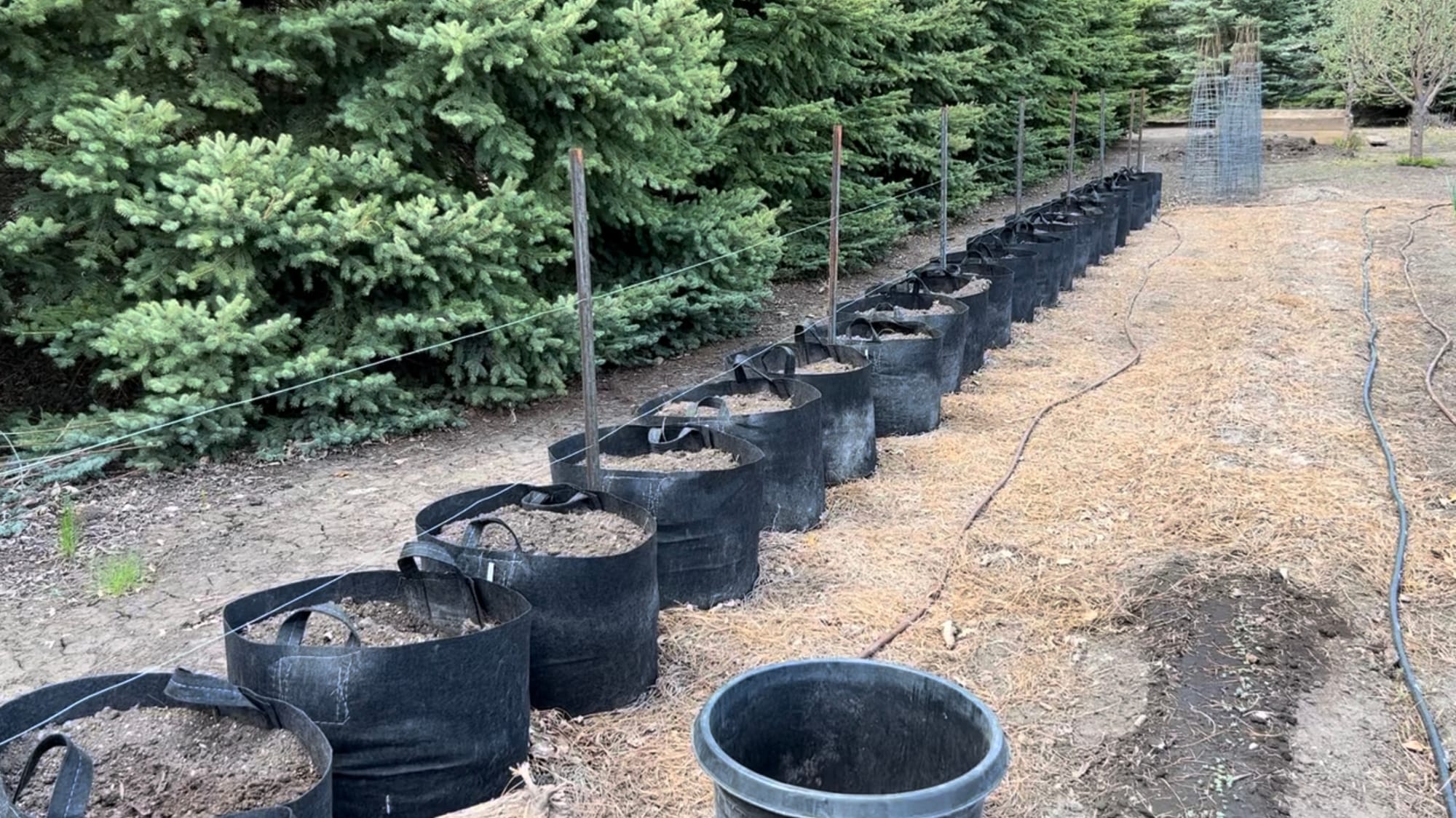
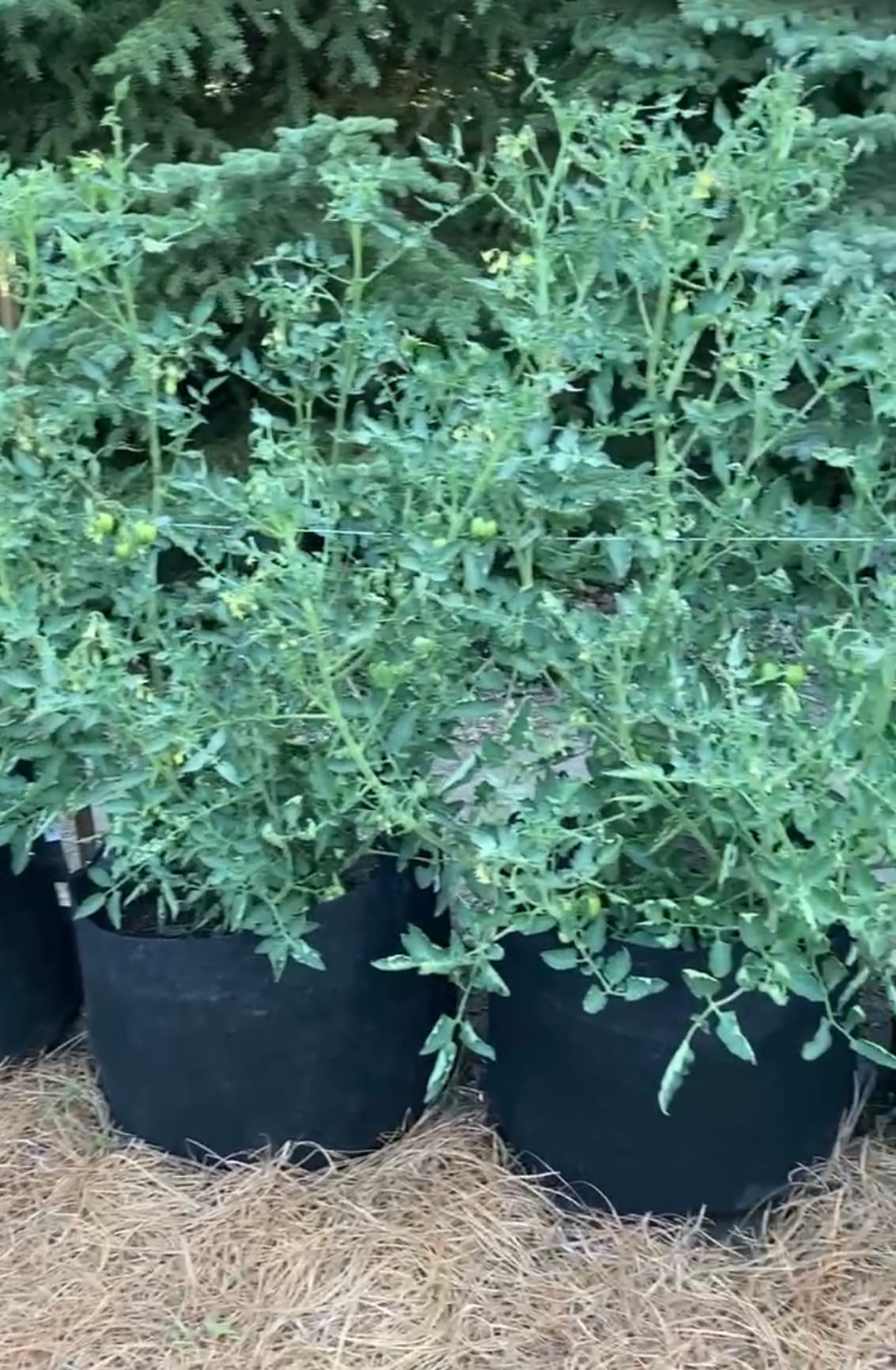
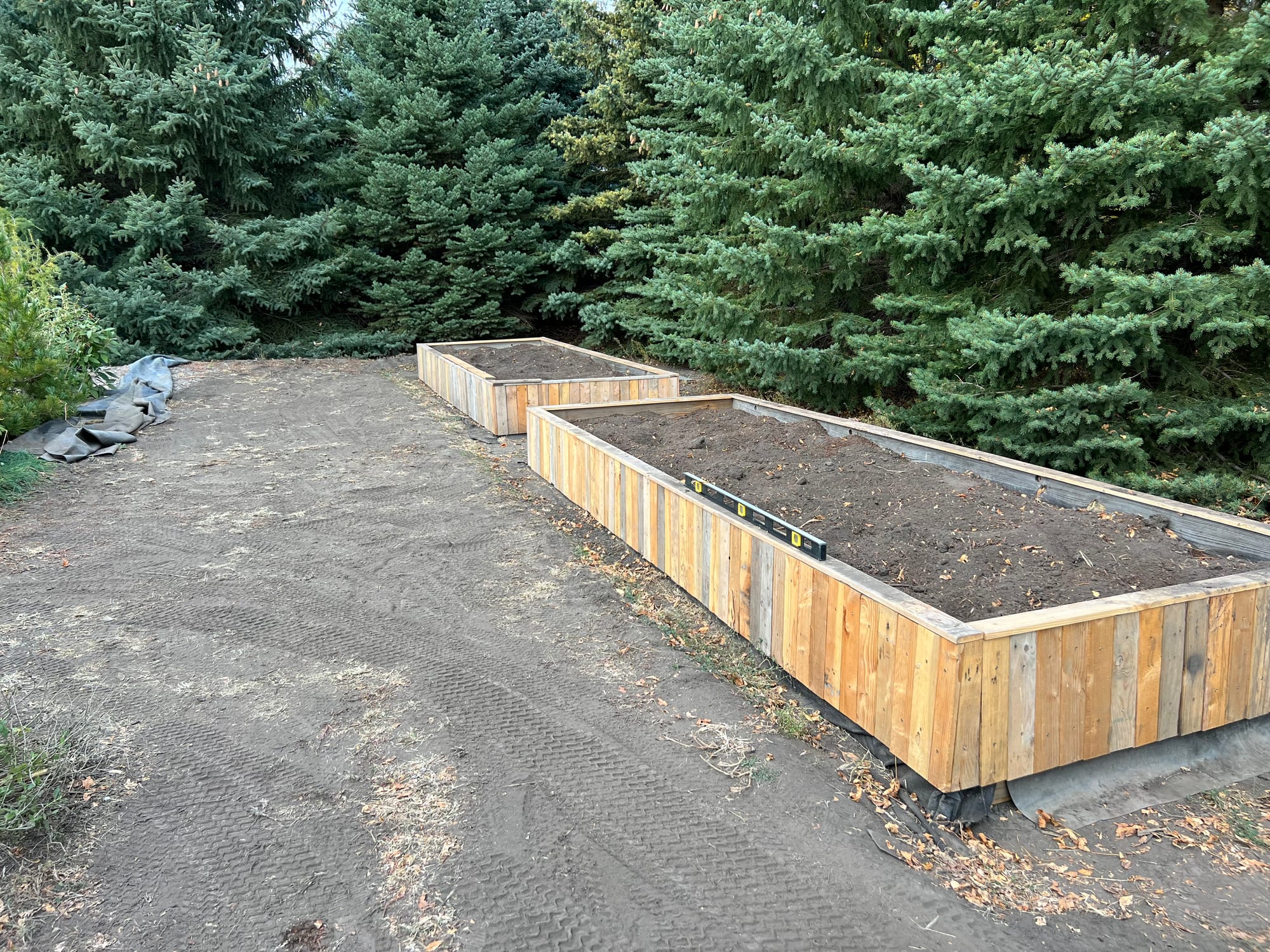
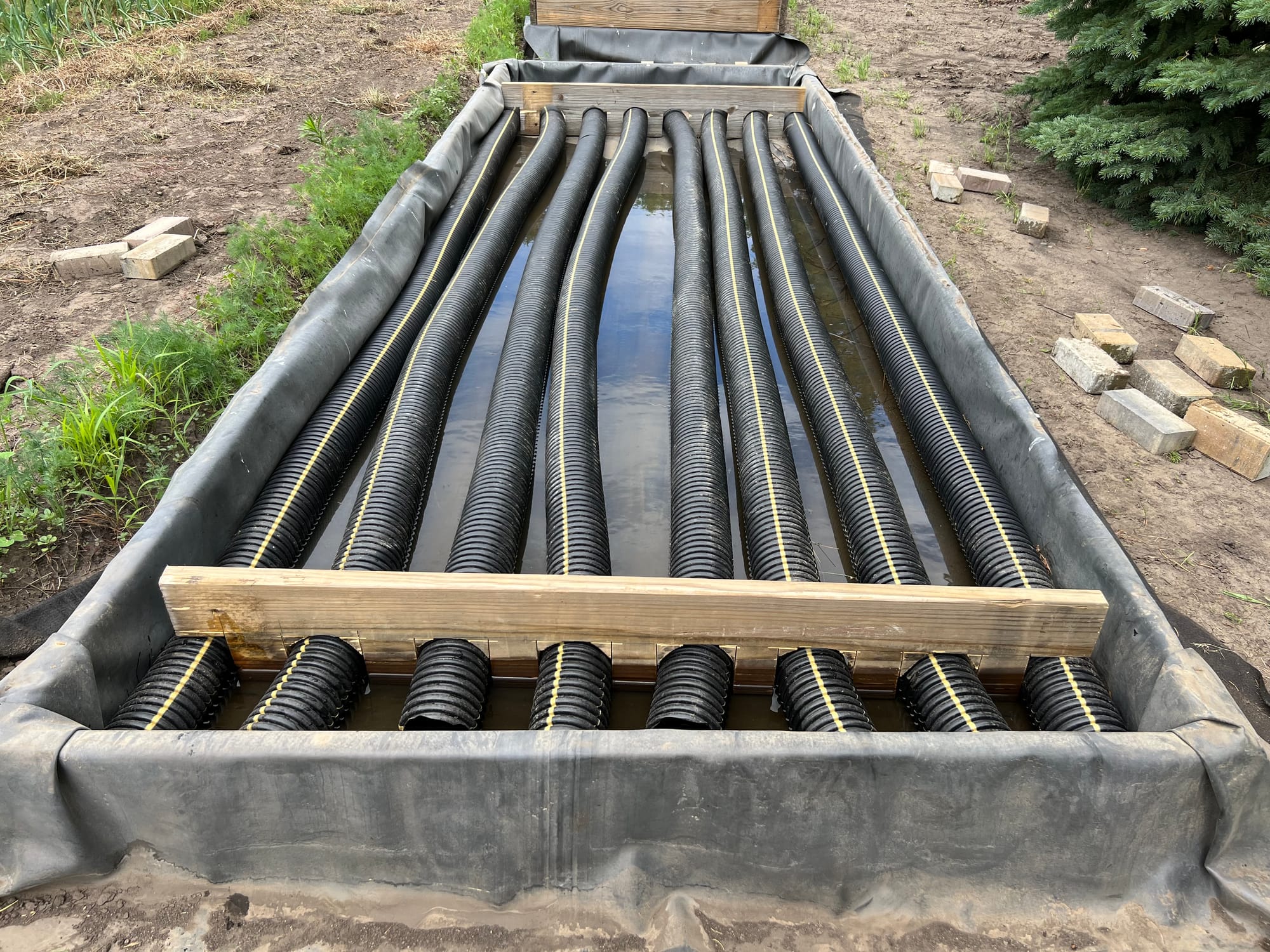
Raised Gardens - Fabric Pouches and Self Watering Boxes
I have made the boxes self-watering. You can view a video here on the building process. The experiment is ongoing! It's working, but they are not holding as much water as I expected. Stay tuned for an update.
The landscape prep video also discusses future changes I will make to a few of the trees gaining size and considerations due to deer damage. The dry conditions in this bed also contributed to the removal of a Royal Frost Birch due to the Bronze Birch Borer.
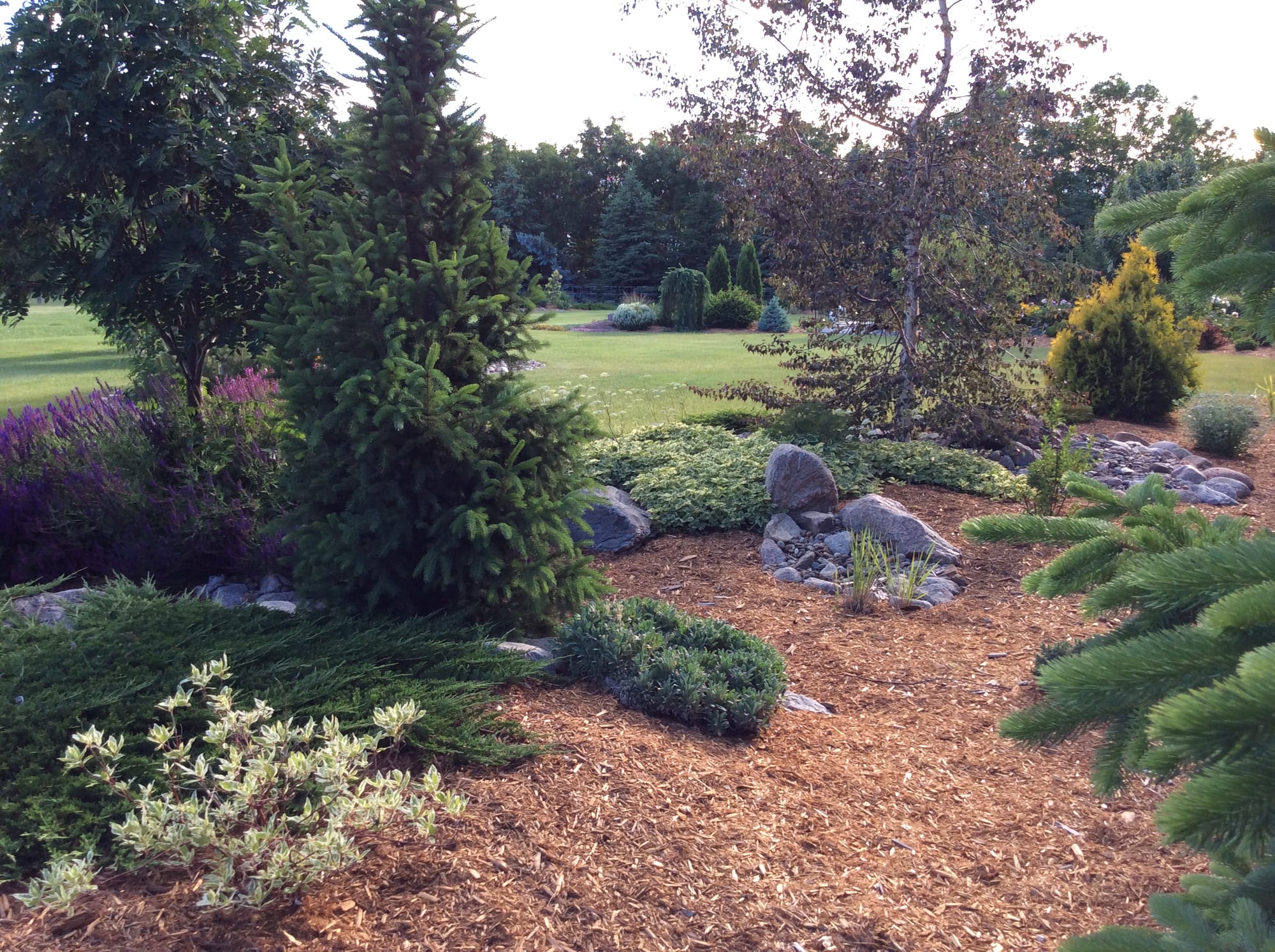
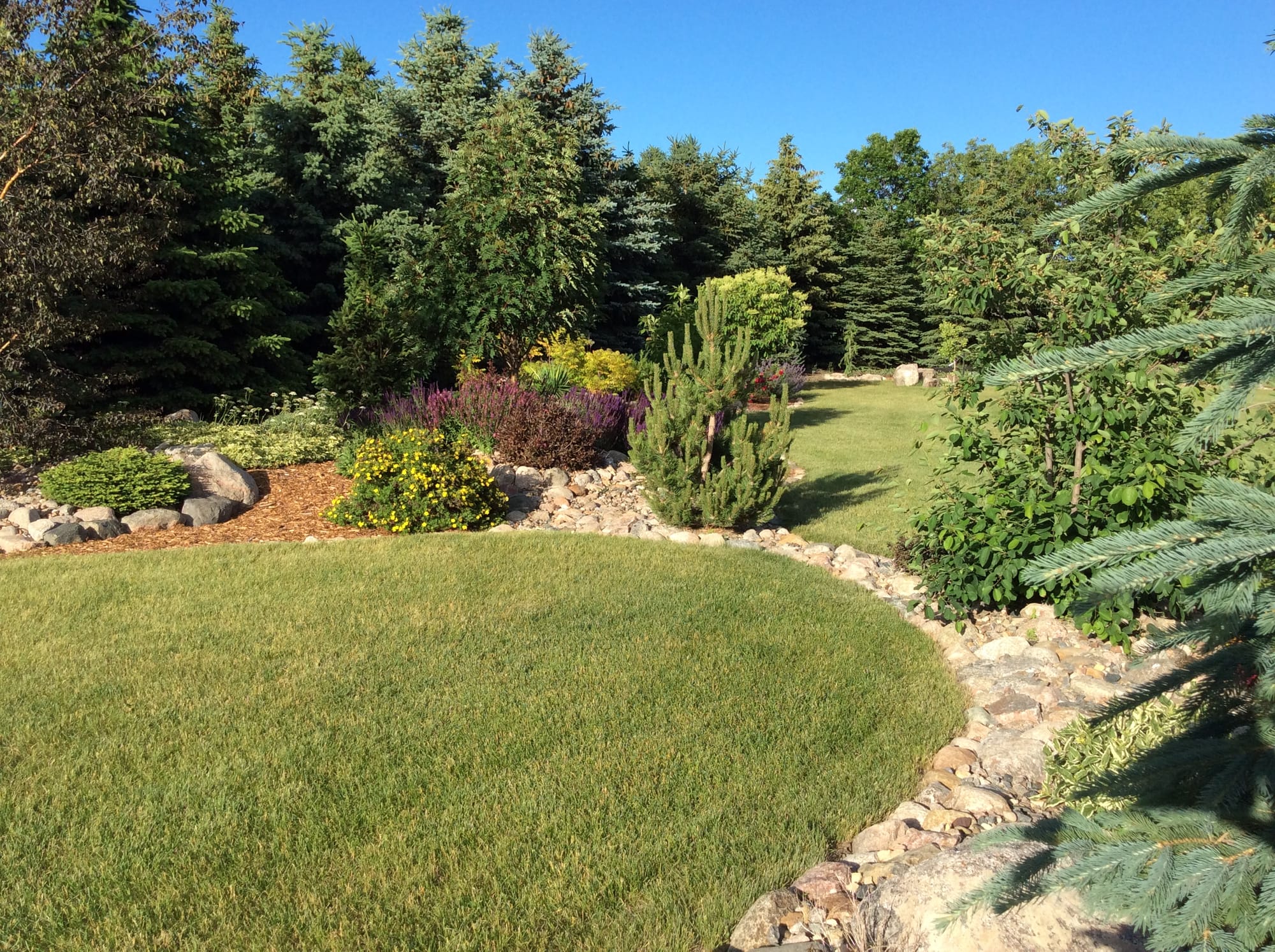
Early Photos Of The Landscape Bed Shown In Video - Royal Frost Birch Removed Can Be Seen In The Left Photo
At the end of the video, I take a look at what a difference fresh mulch makes in a landscape. Pay close attention to the rock portions on the higher berm points.
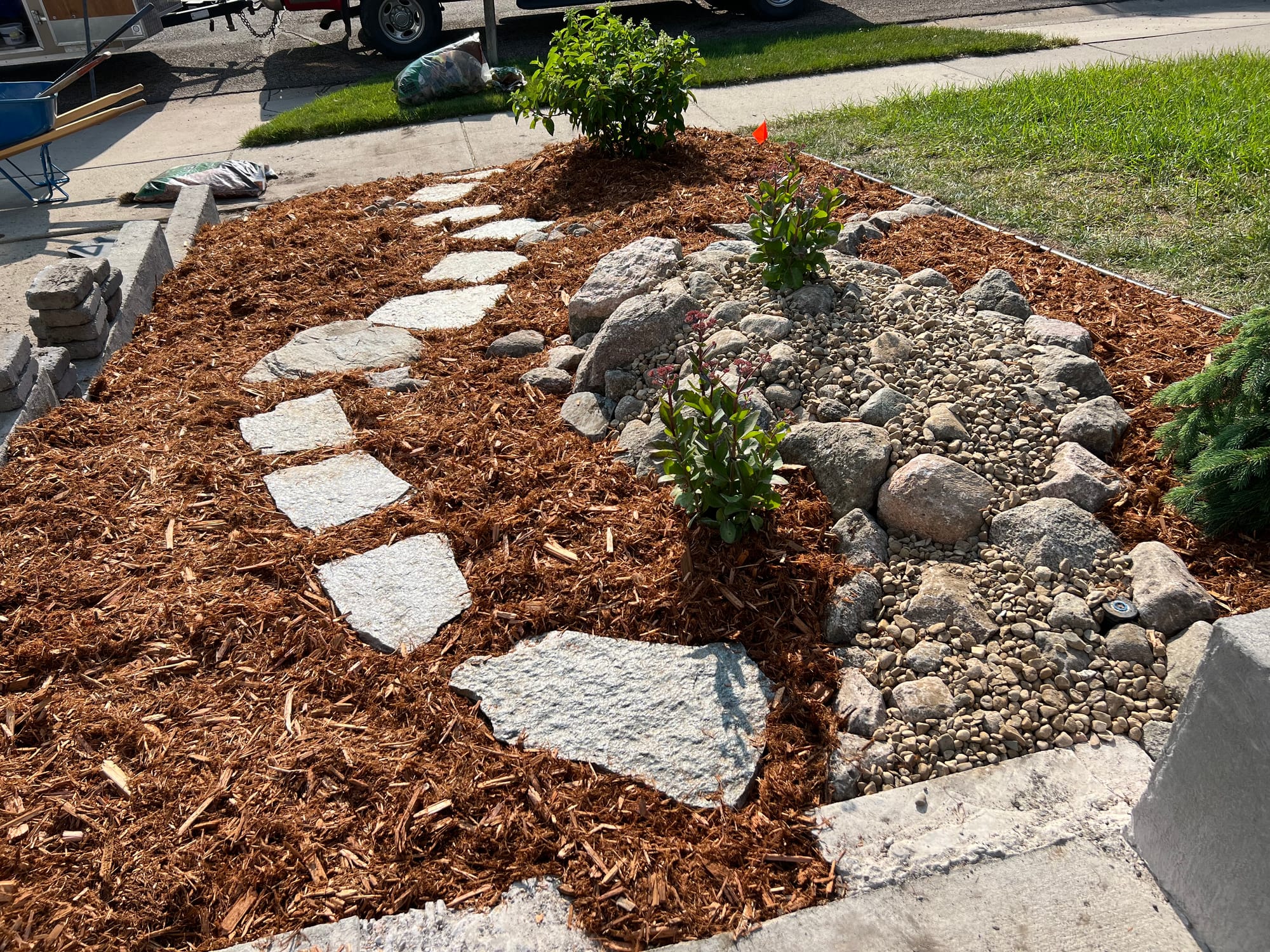
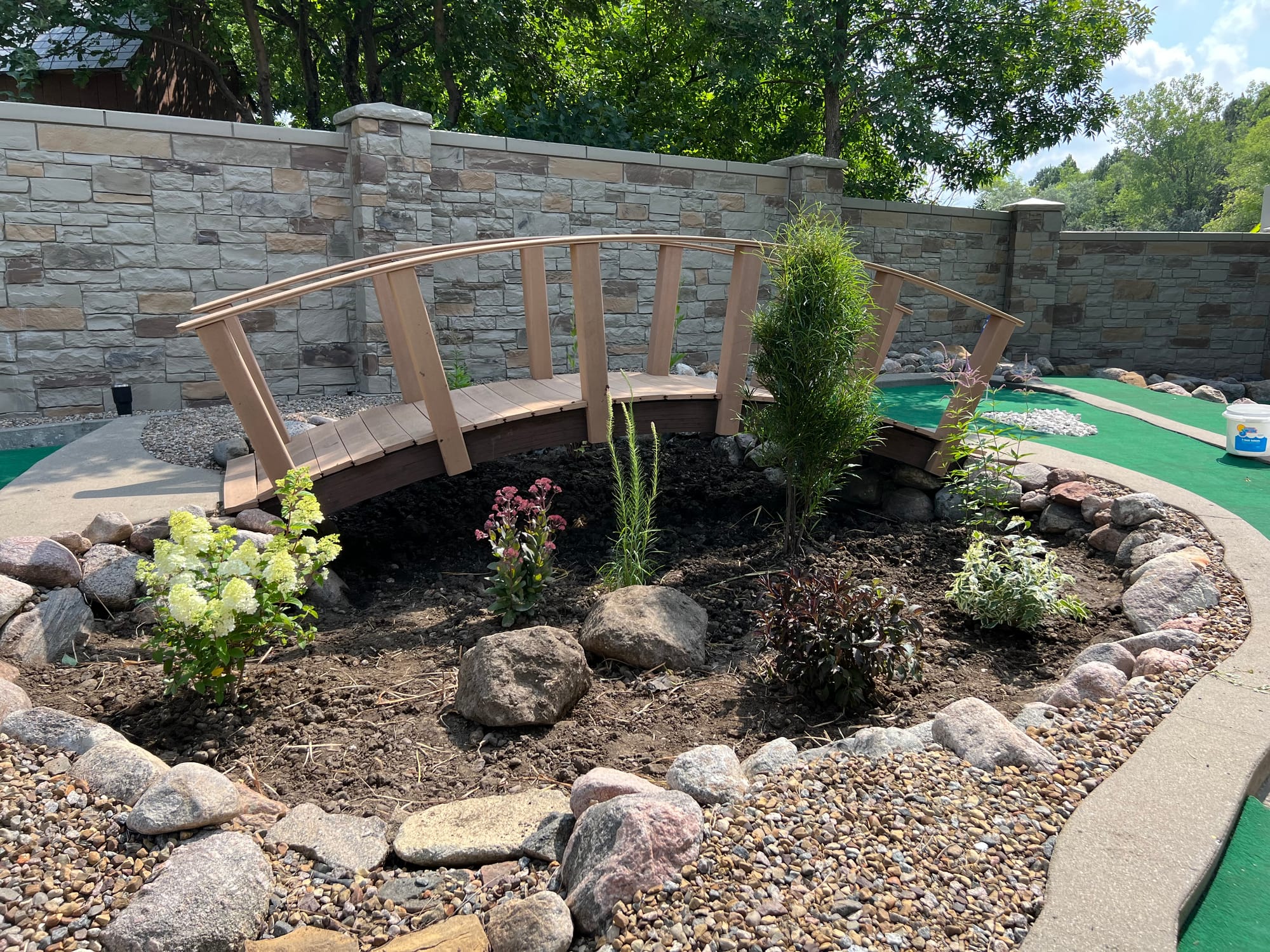
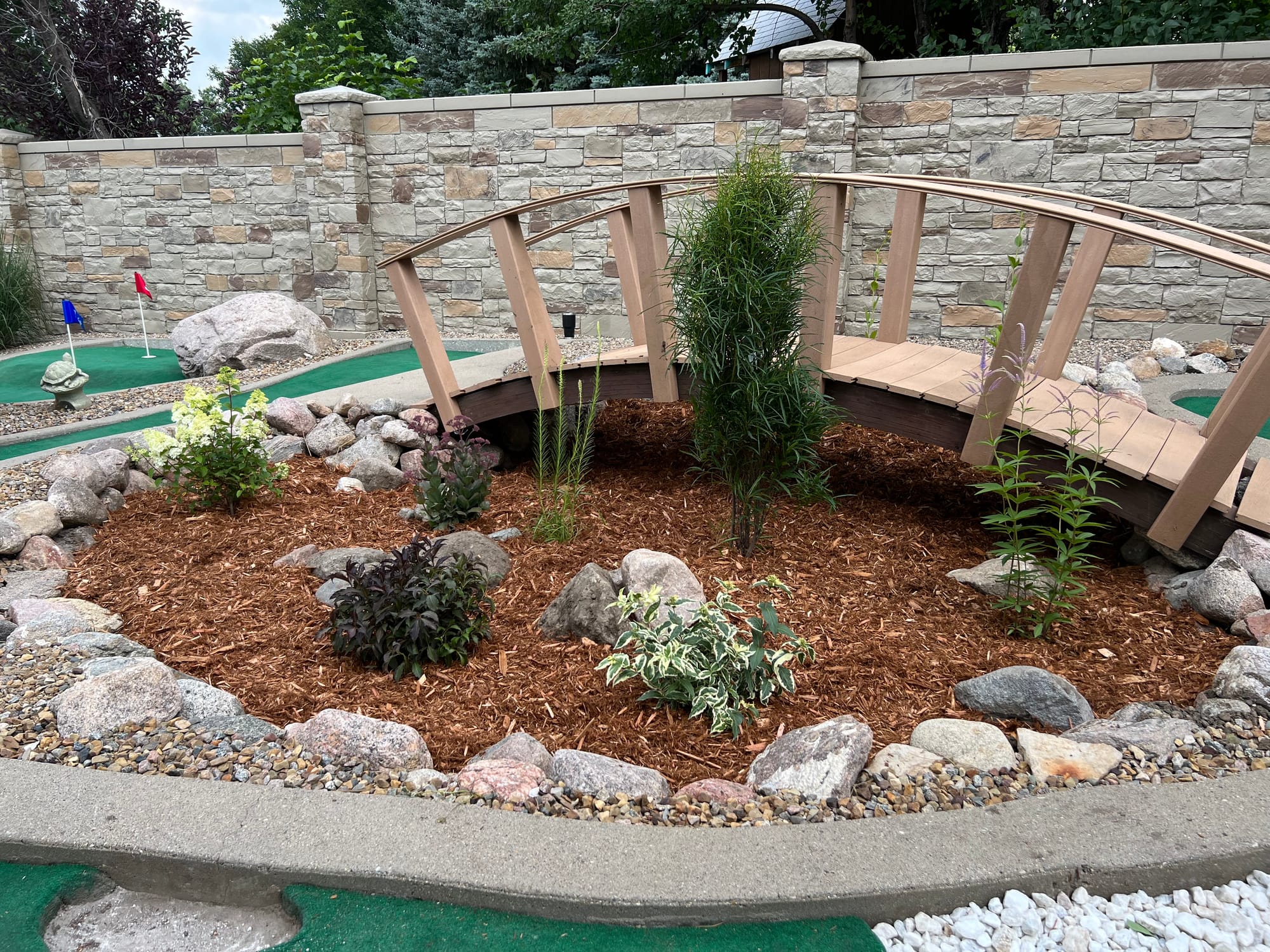
Rock Beds On High Points - Fresh Mulch Makes The Bed “Pop“
Anytime you put mulch on higher points, it will find its way into the lower points due to its lighter nature and movement due to wind and rain. The result is contamination of the rock with mulch.
I recommend shredded mulches as they will better "nest" together and stay in place. Wood chips can be more problematic as they dry out. Especially avoid the dyed chipped pallet mulches (usually painted red, brown, or black), as they will be even lighter than a hardwood chip and become incredibly messy.
I love how rock and mulch combine for a beautiful landscape setting!
The video also shows the quick pruning of a Dakota Sunspot Potentilla and the thinning of a Savin Juniper. Links to similar projects can be found here, here, and here. Many other varieties of plants are also covered in the video with additional links on similar topics.
Thanks for stopping by Garden Hike!
Kevin
A.M. Leonard has an excellent selection of tools and gardening supplies! Enter discount code GARDENHIKE10 when checking out to receive 10% off any order. Click the banner below to enter their online store.

Garden Hike is supported by its audience. When you purchase through links on this site, we may earn a small commission at no additional charge to you.
